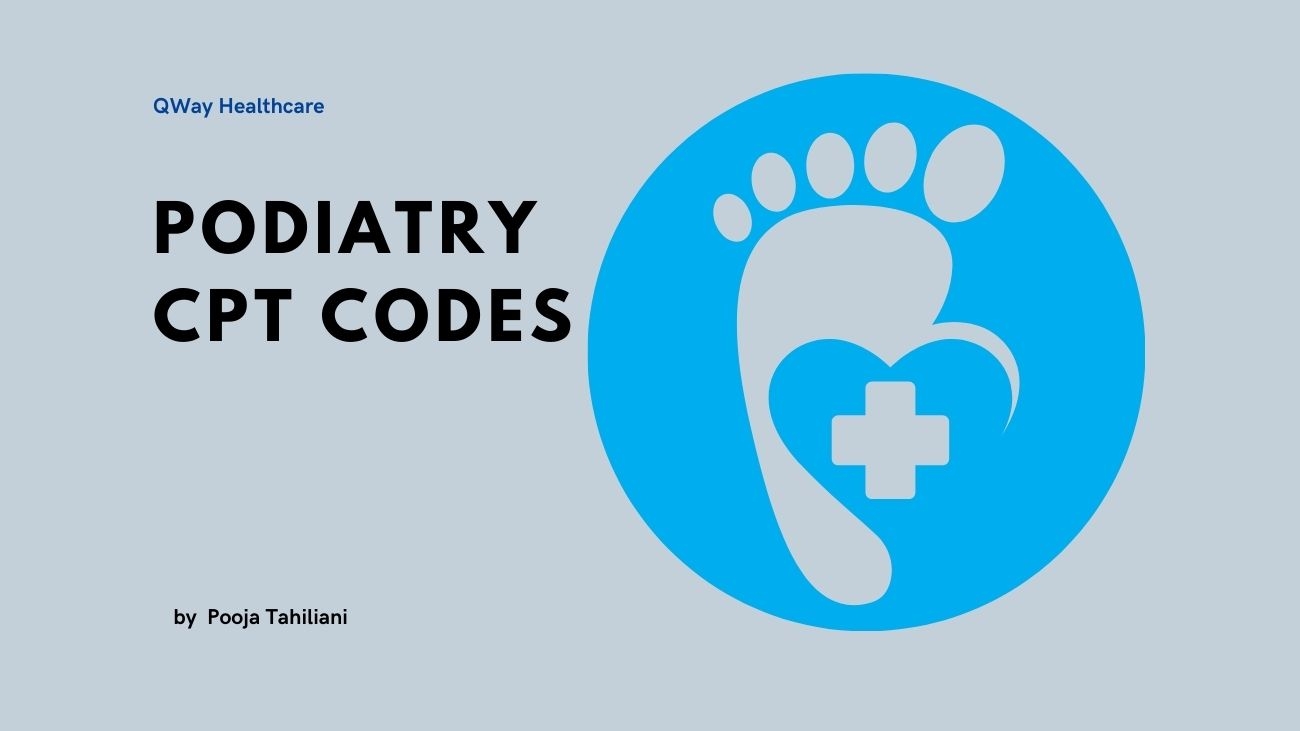Managing podiatry practice is a challenging feat. From juggling patient appointments to staying up-to-date on the latest billing codes, there’s always too much to do. There is one area that can’t be neglected is billing. To keep your practice afloat accurate billing is essential for ensuring compliance with all reporting requirements.
Unfortunately, billing errors are all too common in the podiatry industry. The World Health Organization estimates that over US$400 billion is wasted annually due to billing errors and healthcare fraud. The problem is that many podiatrists lack the formal training and resources needed to master the complex billing world. As a result, they rely on ad hoc, informal on-the-job education. This can be a risky proposition, especially for podiatrists who claim from insurance. It is a daunting task to stay abreast with the latest billing practices and billing codes.
Podiatrists are healthcare professionals who walk a fine line regarding billing. On the one hand, they need to ensure that they accurately report on the services they provide to their patients. On the other hand, they must refrain from charging their patients or making claims not covered by insurance. This is where CPT and ICD-10 codes come in.
CPT codes are used to identify the specific services that a podiatrist provides, while ICD-10 codes are used to classify the patient’s diagnosis. By accurately reporting on these codes, quicker claim processing can be ensured.
Podiatrists in the US are furthermore required to adhere to three additional unique requirements in addition to the standard medical coding and billing rules:
- Claims involving challenging conditions: These claims should include information about the condition’s severity and the doctor who made the diagnosis.
- The type of the service: Only if the non-covered services were carried out by will they be compensated.
- Payments integral to a covered procedure: Even if the incidental service is excluded, payments may still be made for services essential to a covered procedure.
General Guidelines Cheat Sheet for Podiatry Billing and Coding:
- CPT code 11721 (Covered Nail Debridement 6 or more) requires Q8 modifier (for routine check-up) with systemic conditions which is medically necessary to be reimbursed by Medicare but only six times in a year.
- Podiatry modifiers include T1 to T9 modifiers (Toe modifiers) except for CPT code 97598, 11720 and 11721, in which case use of this modifier will result in denials.
- HCPCS code J3301, J1100 (injection procedures) are used frequently in Podiatry Billing also providing significant amount of revenue to providers
76881 for ultrasound, extremity, nonvascular, real-time with image documentation. - 76882 for limited ultrasound, extremity, non-vascular, real time with image documentation.
- 93922 for non-invasive physiologic studies of upper or lower extremity arteries, single level, bilateral.
- 93926 for duplex scan of lower extremity arteries or arterial bypass grafts.
- 20552 for injections(s), single to multiple trigger point(s) one or two muscle(s).
- 20553 for injections(s), single to multiple trigger point(s) three or more muscle(s).
- 20605 for arthrocentesis, aspiration and/or injections.
- 20610 for arthrocentesis, aspiration and/or injection.
Outsource podiatry billing
Outsource podiatry billing and coding services with QWay Healthcare to ensure that your revenue operations are optimized as our teams stay up to date with the latest updates in podiatry coding which is essential for accurate billing and reimbursement. As the field of anesthesia continues to evolve, being aware of new codes, guidelines, and documentation requirements will ensure compliance and optimize revenue for podiatry providers and medical coders.




